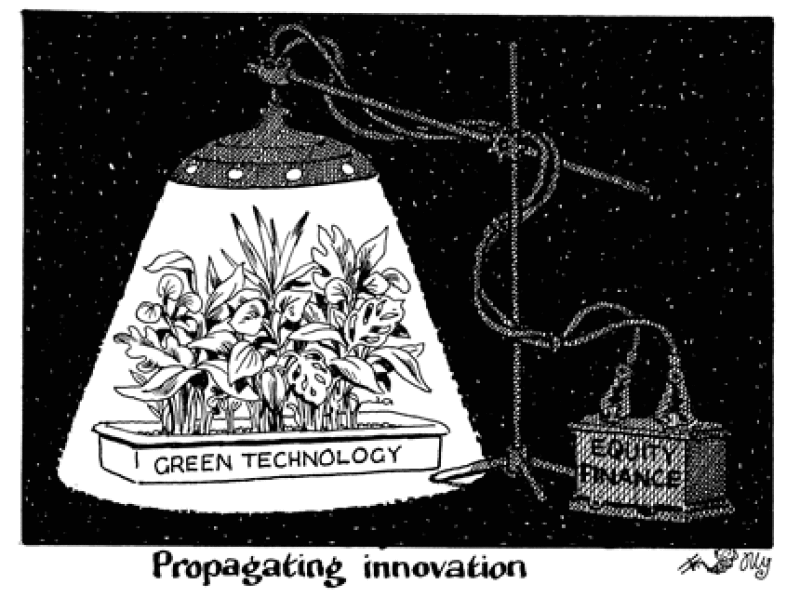Green debt is everywhere. GlobalCapital’s inbox is stuffed full of press releases boasting of green bonds and sustainability linked loans. Banks, sniffing a chance to lighten capital burdens, are pushing for special treatment for green loans.
The equity side of green financing, while expanding, gets less attention. But equity holders are better placed to lead the transition to a low carbon economy in several ways.

As the European Central Bank’s vice-president Luis de Guindos put it last week, a lack of collateral in innovative green tech firms may scare off banks’ lending teams, while equity investors care more about long-term gains and avoiding assets that become unprofitable in the transition.
Research the ECB released this week backs this up, showing that economies weighted towards funding from stock markets rather than credit markets produce less carbon. The researchers suggested reducing tax benefits that favour debt over equity.
The green bond market has centred around governments and other public sector entities, utilities, banks and property firms: organisations hardly squeezed out of the conventional bond market and already financing plenty of stuff which could be labelled green. The sharp end of green financing is not here, it is in investing in riskier ventures.
Developing deeper pools of equity funding is meant to be part of the EU’s Capital Markets Union, which aims to shift financing away from the banks. In this sense, green finance and the CMU are tied together, so the proposed rebranding of the project as the Savings and Sustainable Investment Union makes sense, even if it is a terrible name.
Whatever the nomenclature, the time has come for socially responsible investment to pour into equity.
